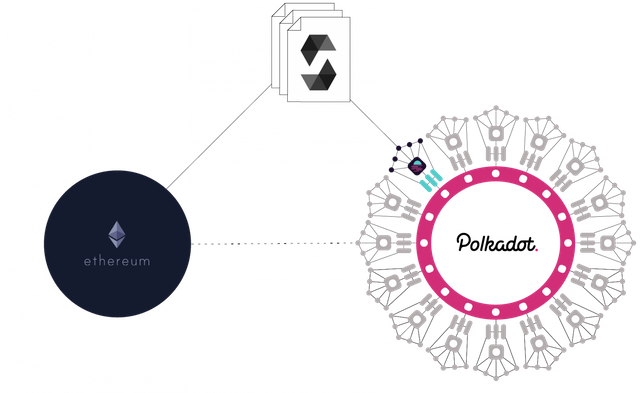Moonbeam combines the best of both worlds: the familiar and easy-to-use tooling of Ethereum and the scalable, interoperable architecture of Polkadot.
Dive into the tools, integrations, and comprehensive tutorials to start using and building on Moonbeam.

Moonbeam delivers complete Ethereum compatibility within a Polkadot parachain environment, so developers can continue to use the programming languages and tools they’ve grown used to — but within a fast-growing and scalable Layer 1 chain.
It is also compatible with the Substrate and Polkadot ecosystem, including block explorers, wallets, parachains, and more, allowing users the flexibility to choose the right tools and services for the job.
Moonbeam is a full Ethereum-like environment and works with industry-standard Ethereum tools, DApps, and protocols.
By mirroring Ethereum’s Web3 RPC, accounts, keys, subscriptions, logs, and more, Moonbeam minimizes the changes required to run existing Solidity smart contracts on the network. Ethereum projects can simply replicate their DApp and deploy it to Moonbeam using popular deployment tools.
The Moonbeam platform also extends the base Ethereum feature set with additional features such as on-chain governance, staking, and cross-chain integrations.

Here’s how the Moonbeam platform goes beyond basic EVM compatibility:
-Unified Accounts, Addresses, and Signatures:
Use your existing Ethereum-like H160 accounts & ECDSA signatures to interact with Moonbeam.
-Use Existing Tools and DApp Front-Ends:
Connect popular tools like MetaMask, Hardhat, Waffle, Remix, and Truffle via a complete set of Web3 RPC endpoints. Use well known Javascript libraries such as Web3.js or Ethers.js.
-Deploy with Minimal Changes:
If you have an existing contract, it will work right away with no need to rewrite or reconfigure.
-Use Familiar Programming Languages:
Write smart contracts in Solidity or anything that compiles to Solidity bytecode.